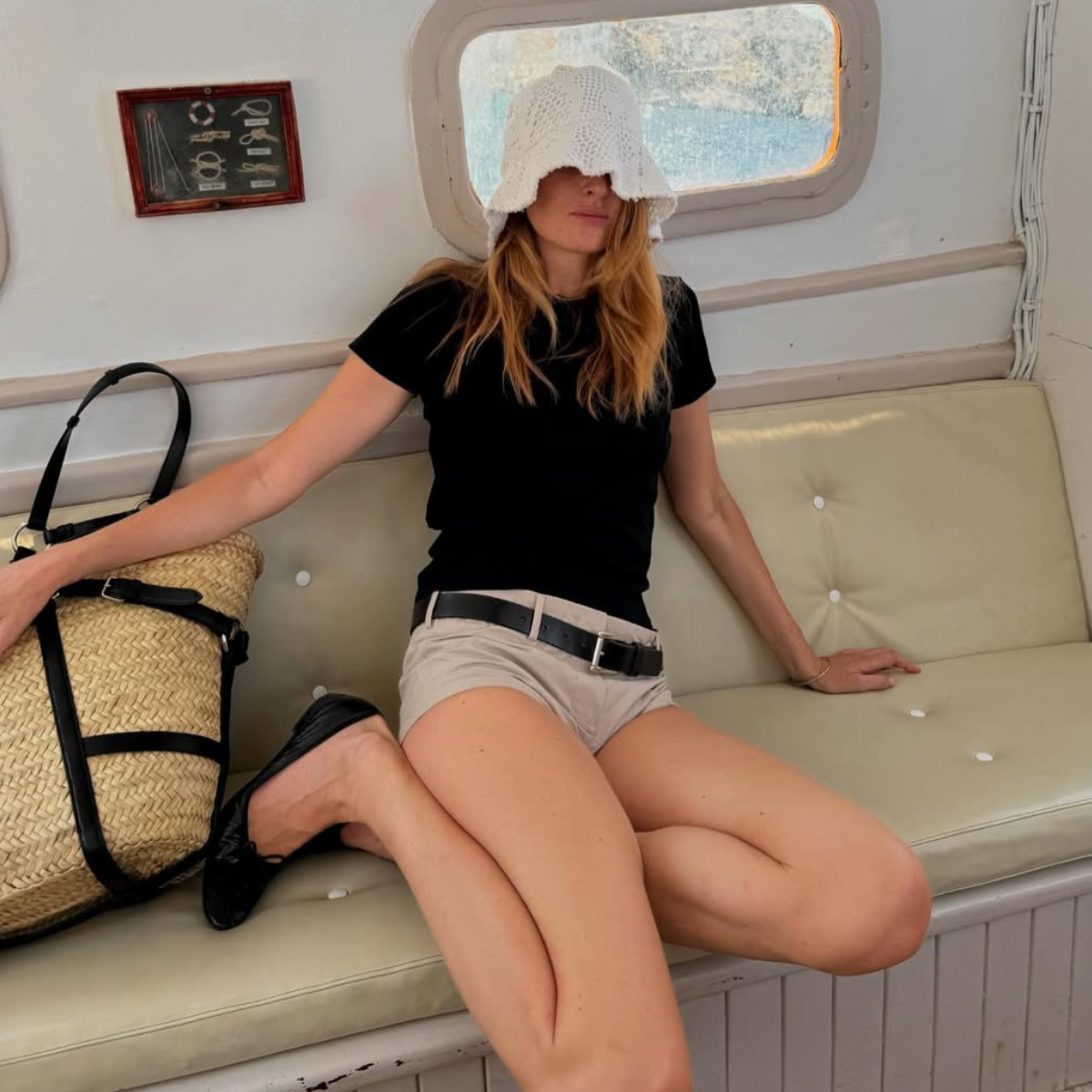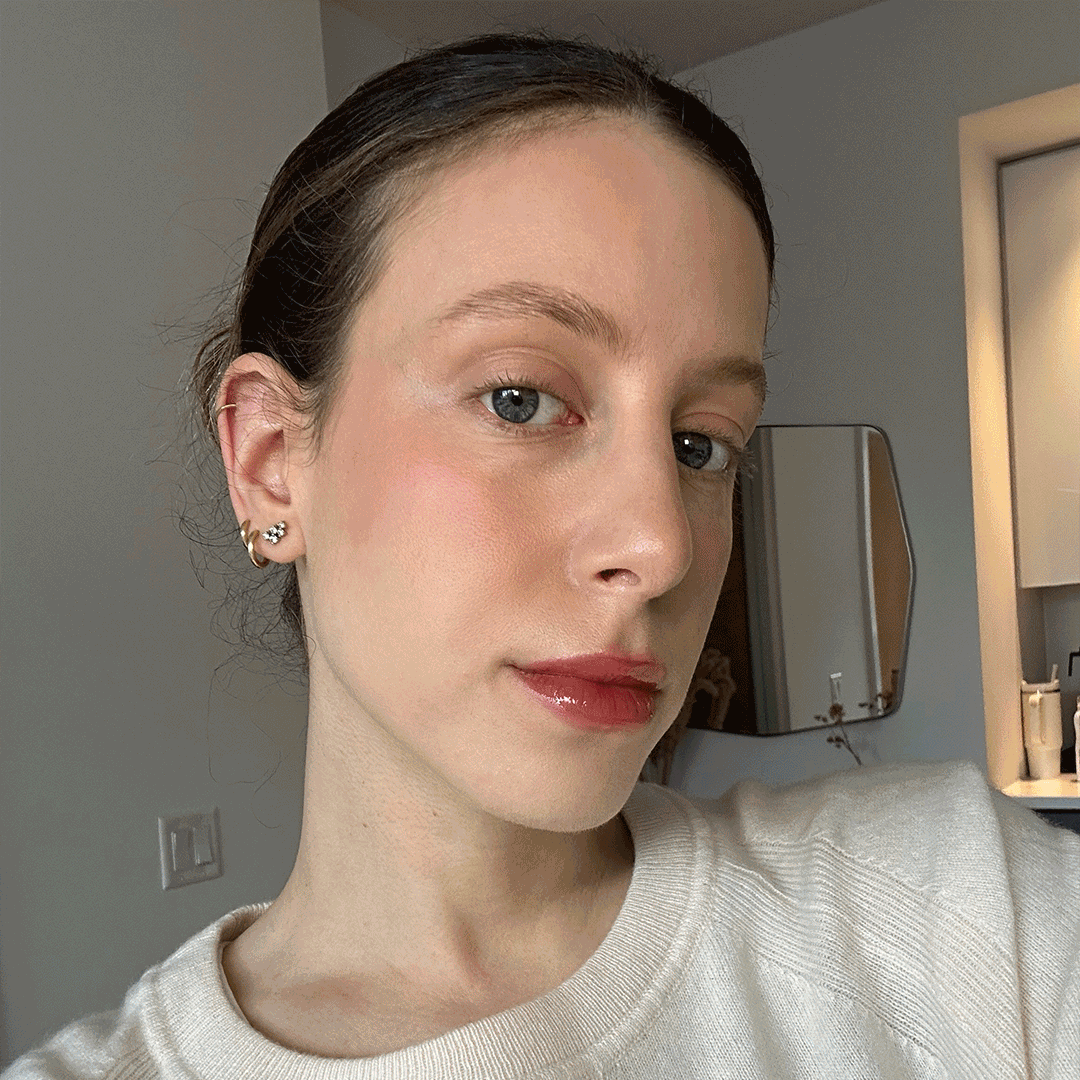Will "Skin Flooding" Actually Curb Your Dry Skin? Here's What Derms Have to Say
Every once in a while, my skin gets so dry that I wish I could just douse it in moisture. Seriously, if I could submerge my face in a pool of ceramides or hyaluronic acid and emerge with dewy, impossibly plump skin, I would. Luckily, the newest skincare trend means that I've never been closer to my wildest dreams involving swimming in hydrating skincare ingredients.
Enter skin flooding, the latest skincare trend that's sure to be all over your FYP. Skin flooding is all about hydration (it's kind of like the next iteration of slugging)—but does it really work? I reached out to top derms to get the 411 on the buzzy trend.
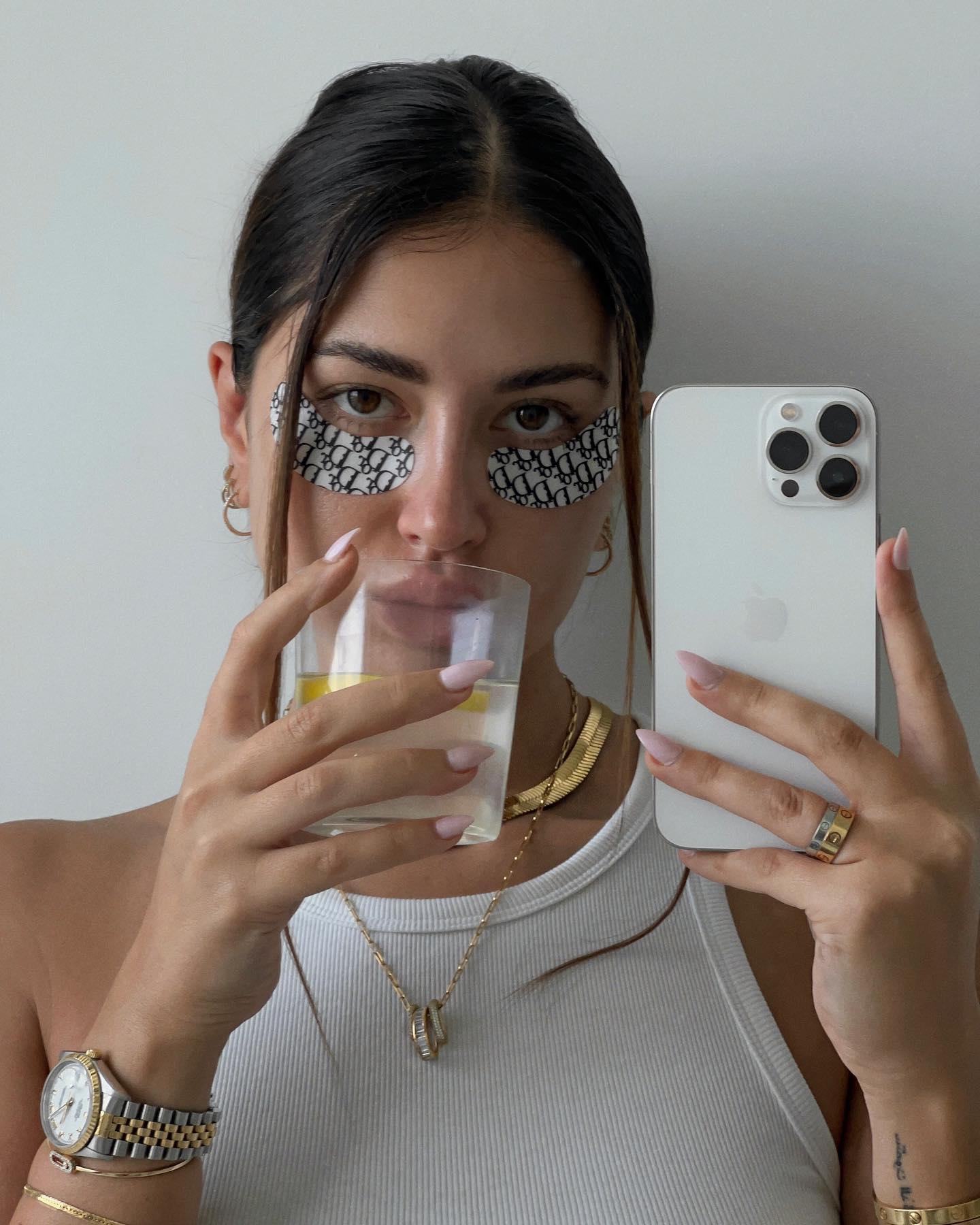
First of all, what is skin flooding?
"Skin flooding is a new trend based on 'flooding' the skin with layers of hydration while the skin is wet," says Ellen Marmur, MD, board-certified dermatologist and founder of MMSkincare. This trend is all about getting as much hydration as possible into skin—starting with wet skin and then layering on moisturizing products like serums, creams, and ointments.
Though the term "skin flooding" may be new, layering moisture is certainly not. Anyone with dry skin is well-attuned to the benefits of hydrating skincare for plumper skin, notes Marisa Garshick, MD, board-certified dermatologist.
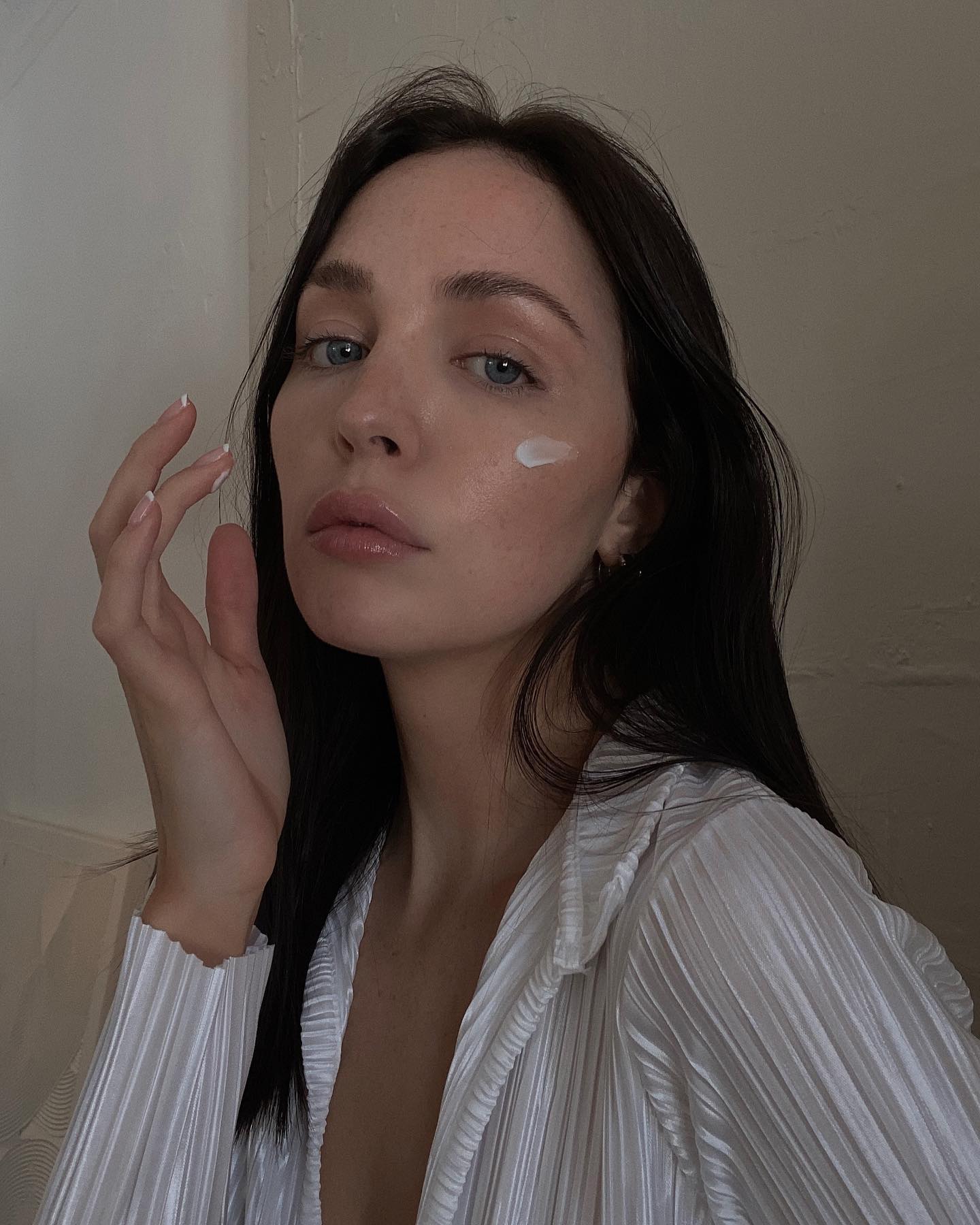
What is the benefit of layering hydrating skincare products?
"Layering hydrating skincare products helps to boost moisture by attracting and holding on to water, which leaves the skin looking and feeling hydrated and refreshed," says Garshick. "This can be especially helpful for those dealing with dryness or dullness of the skin."
Not only that, but hydrating products can also help your skin's moisture barrier. Multiple moisturizing layers can help protect this barrier and keep it healthy, according to Marmur.
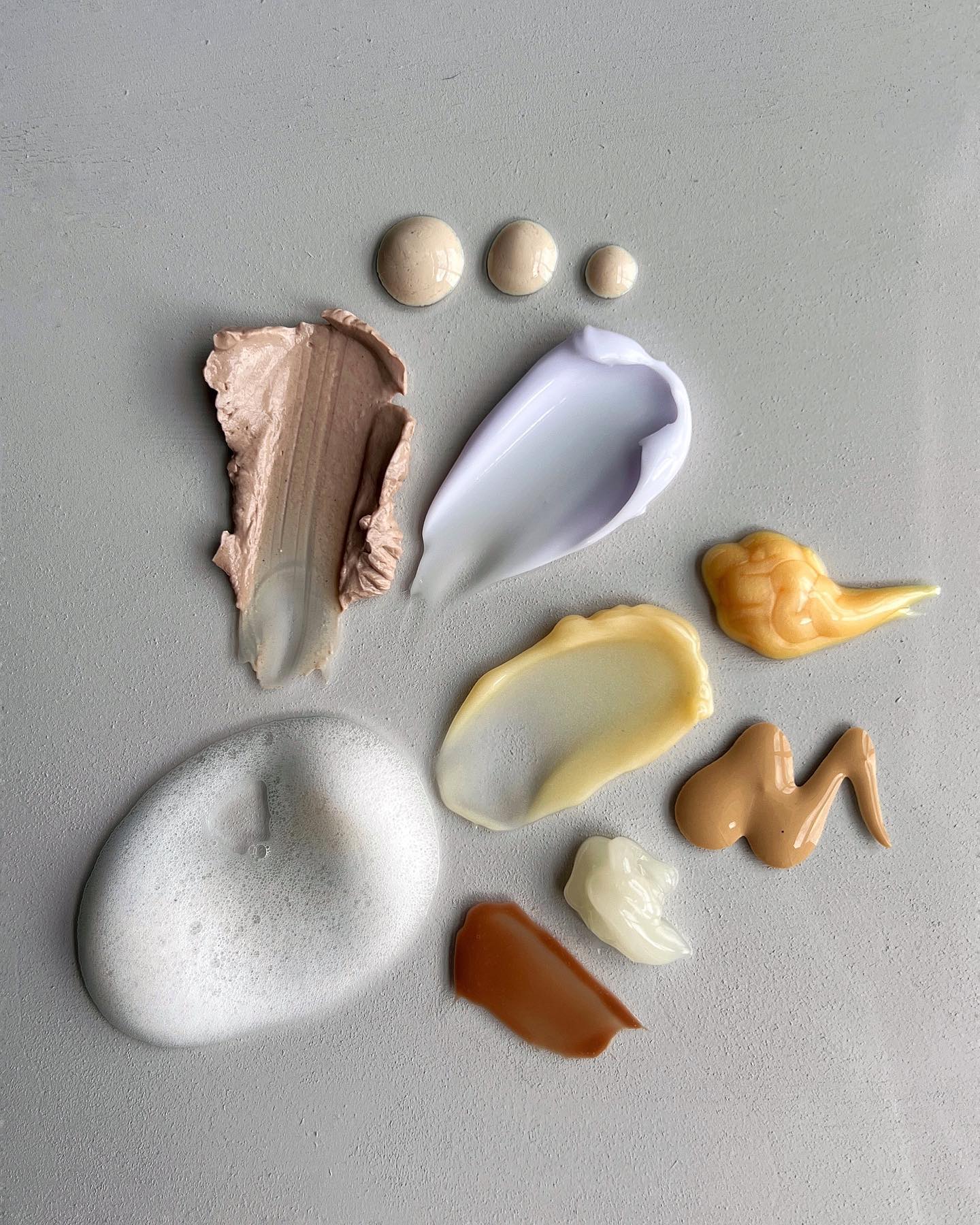
Is there a way to properly practice skin flooding?
While everyone may have a slightly different way to skin flood, there's a pretty methodical routine you can follow. First, cleanse your face with a gentle cleanser. Then leave it a little damp or mist on some thermal water to dampen skin. "Damp skin can enhance the penetration and efficacy of the subsequent hydrating products," says Garshick. "Next, it is best to apply a hydrating serum containing ingredients like humectants such as hyaluronic acid or glycerin, which work to draw moisture in. After applying the serums, it is best to apply a moisturizing lotion, cream, or ointment to lock the moisture in."
Some people may also want to mix in a niacinamide serum or a serum containing other hydrating ingredients. If you're skin flooding in the morning, always finish with sunscreen—remember, none of your other products work as well if you're not protecting your skin from sun damage.
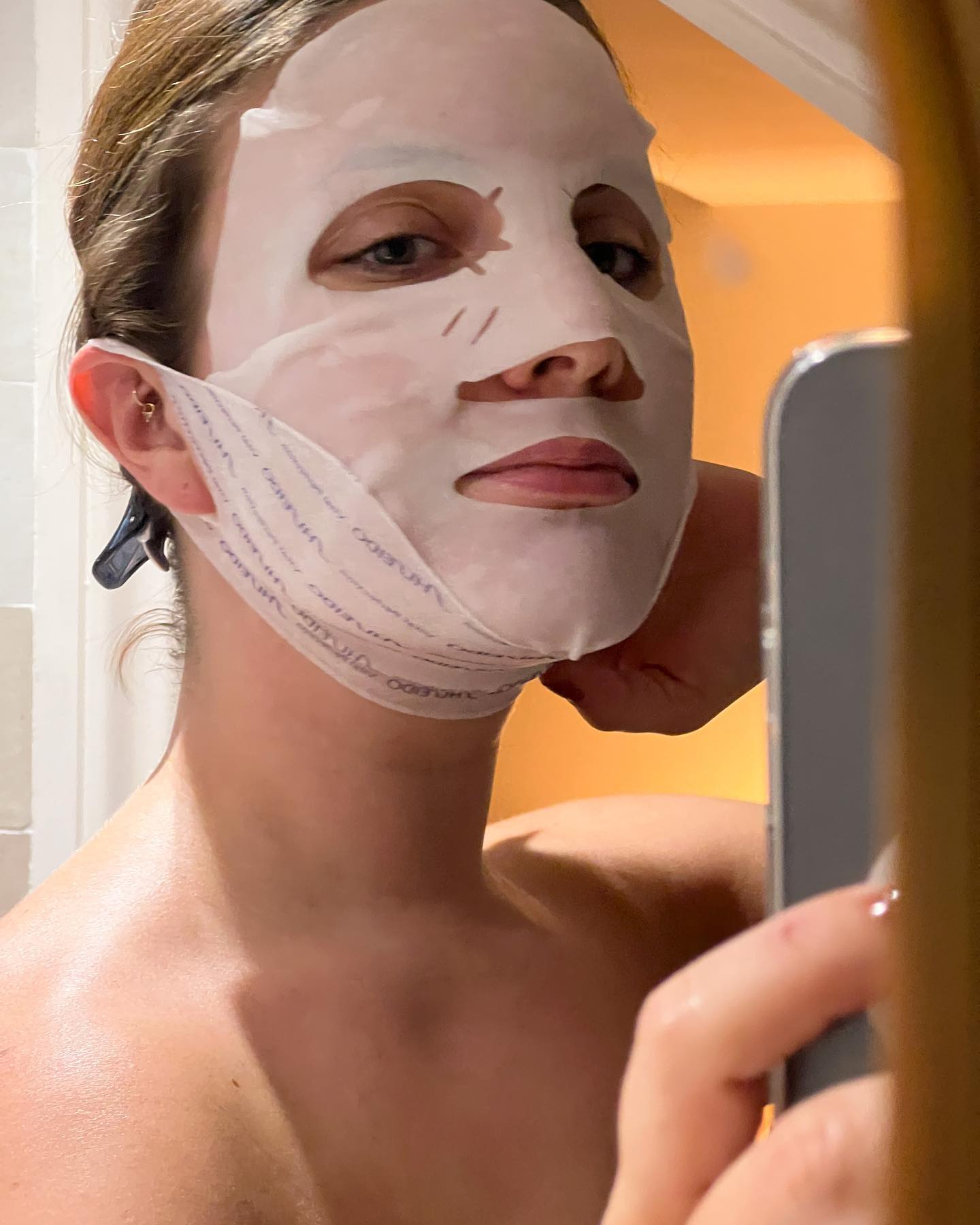
Are there any drawbacks to skin flooding?
In short, no—but make sure you're doing everything properly. "If the skin is not damp or hyaluronic acid is applied without a moisturizing cream or ointment on top to help lock the moisture in, using a hyaluronic acid product could actually dry out the skin more, as it draws moisture away from the skin," warns Garshick. If you're sensitive or acne-prone, be sure to choose noncomedogenic and sensitive skin–friendly products that won't irritate your skin or cause a flare-up.
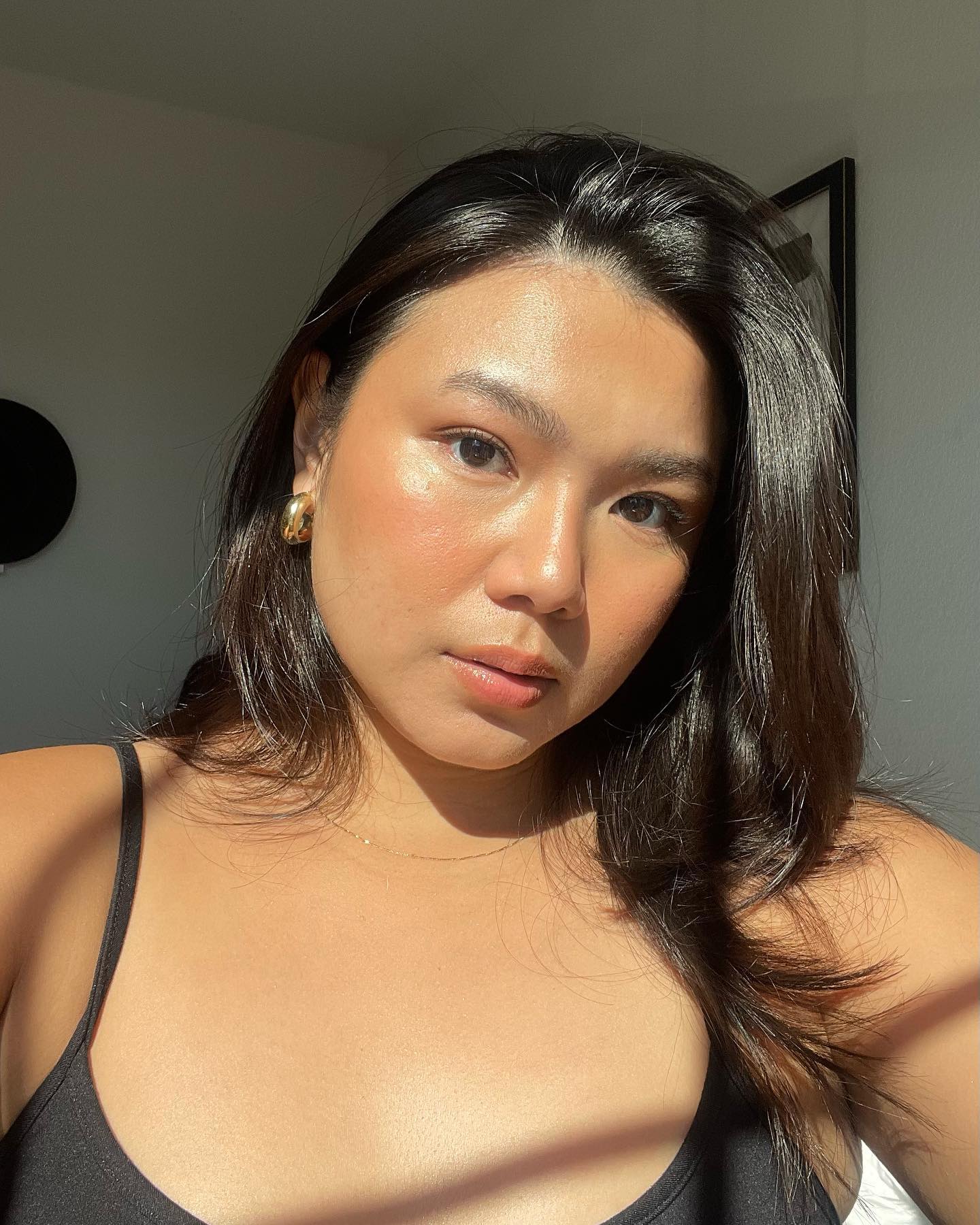
Shop expert-curated skin-flooding products:
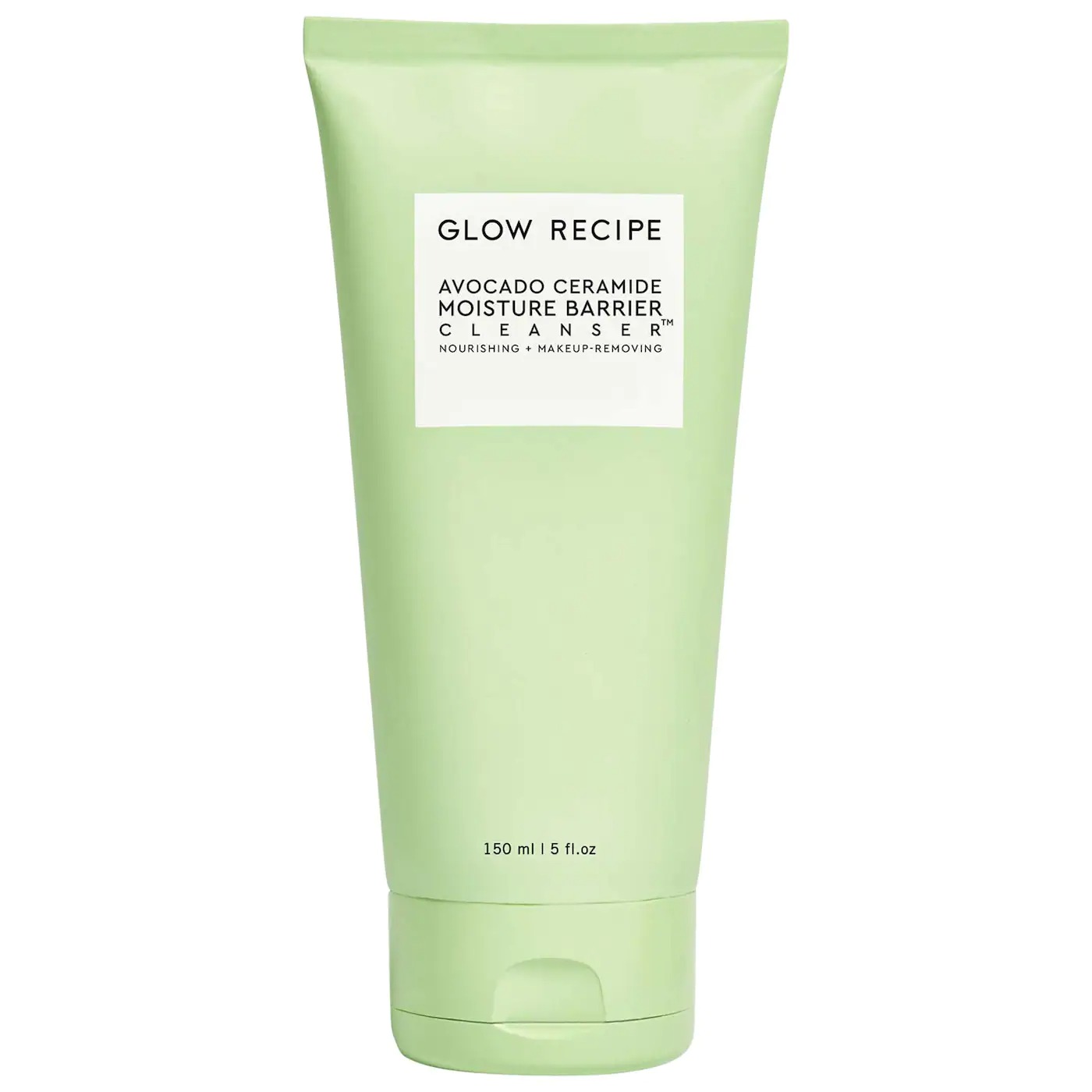
A gentle, hydrating cleanser like this one helps ensure that you won't disrupt your skin barrier while you cleanse. "Remember, if your goal is a good flood, hold back on the popular cleansers with AHAs and scrubs," says Marmur. "Your skin will be confused—stripping it and then flooding it isn't good skin logic."
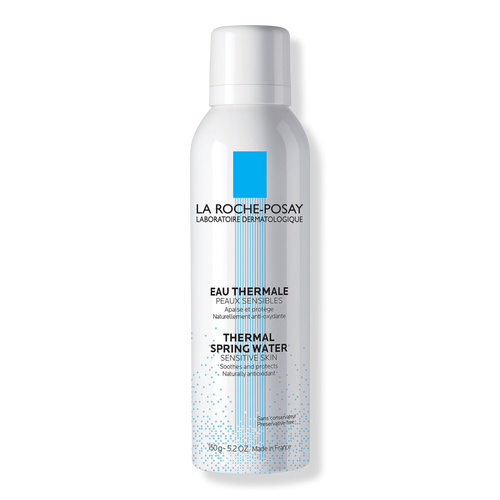
Thermal water enhances the benefits of flooding and helps give you a damp base to work with so hyaluronic acid has moisture to pull from.
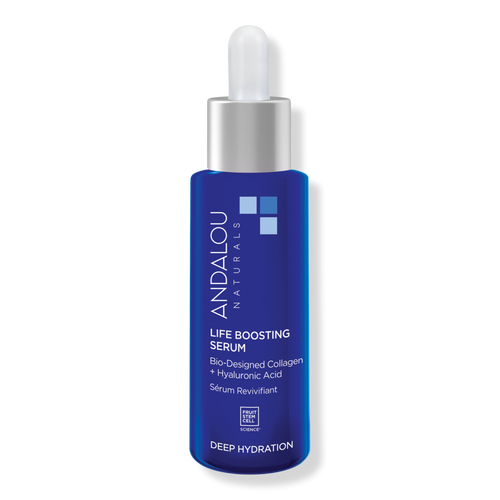
"Containing bio-designed collagen and hyaluronic acid, this serum helps to boost hydration in addition to plumping the skin and improving overall skin elasticity through the fruit stem cell science technology," says Garshick. "It can be used one to two times per day and will help soothe the skin while also leaving behind a soft, dewy complexion."
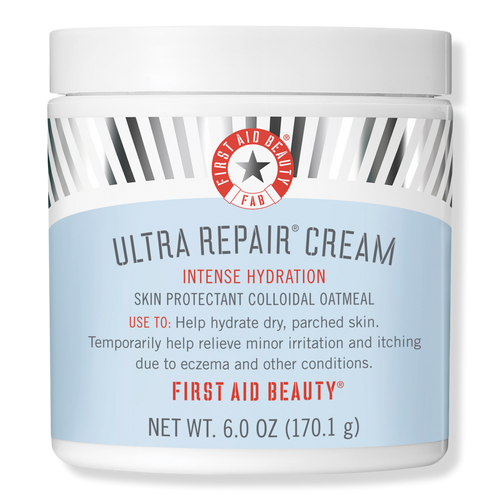
"This soothing and feel-good cream is formulated with a combination of colloidal oatmeal, shea butter, and ceramides to both hydrate and protect the skin barrier," says Garshick. "It also contains the First Aid Beauty antioxidant booster to help fight off environmental stressors."
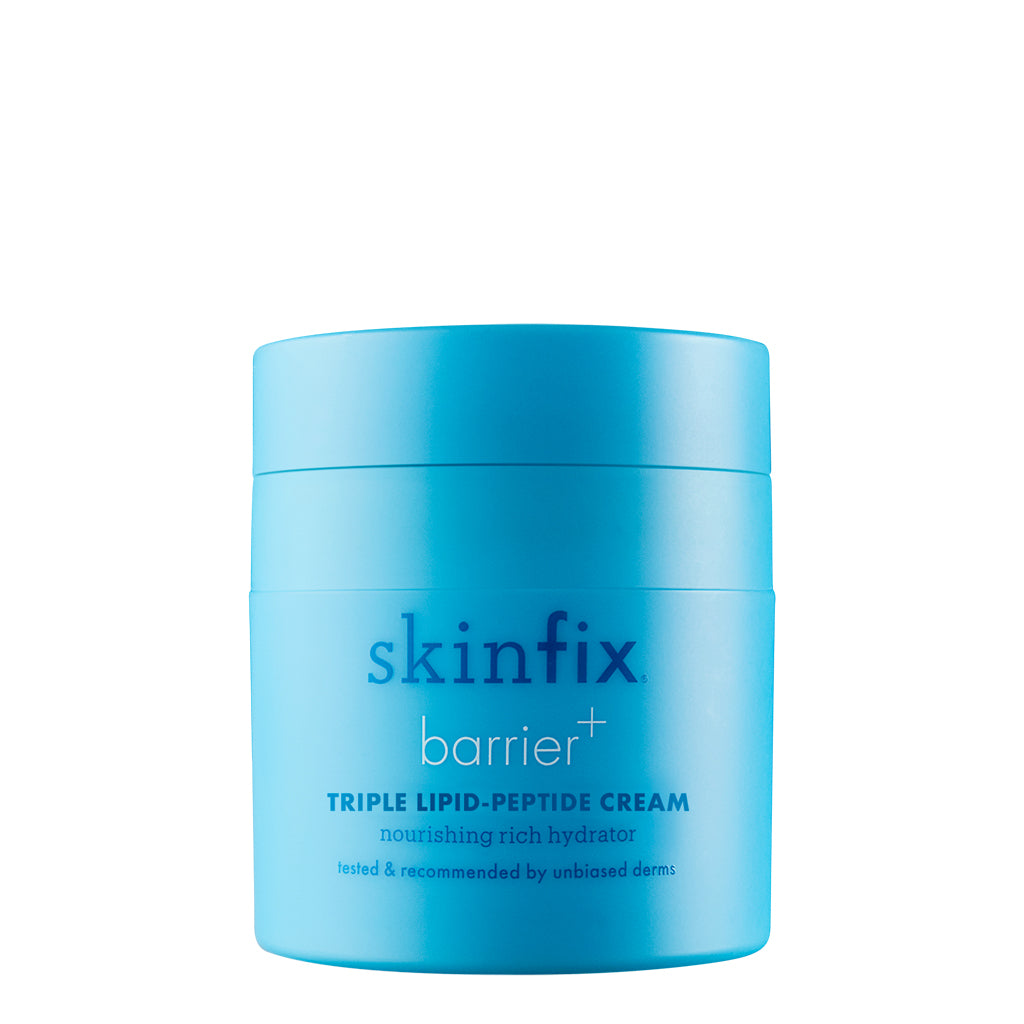
"I like the SkinFix Triple Lipid Peptide Cream, which intensely hydrates, brightens, plumps, and firms thanks to ingredients such as shea butter, hyaluronic acid, peptides, and active lipids," says Marmur.
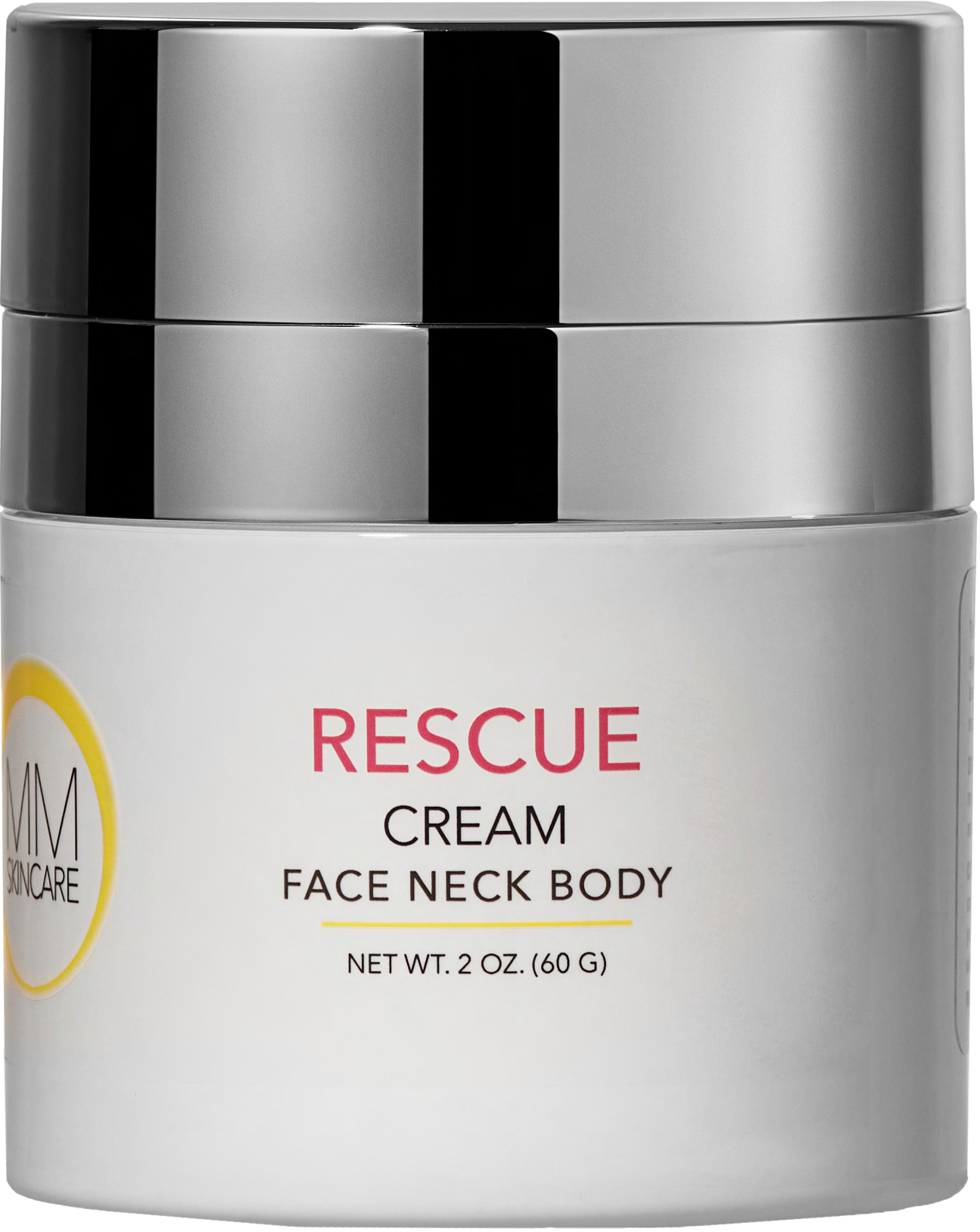
For an allover flood, try this moisturizer out for size. "It contains hydrating, nourishing ingredients such as niacinamide, ceramides, hyaluronic acid, and squalene to combat dryness and leave the skin ultra hydrated," says Marmur.
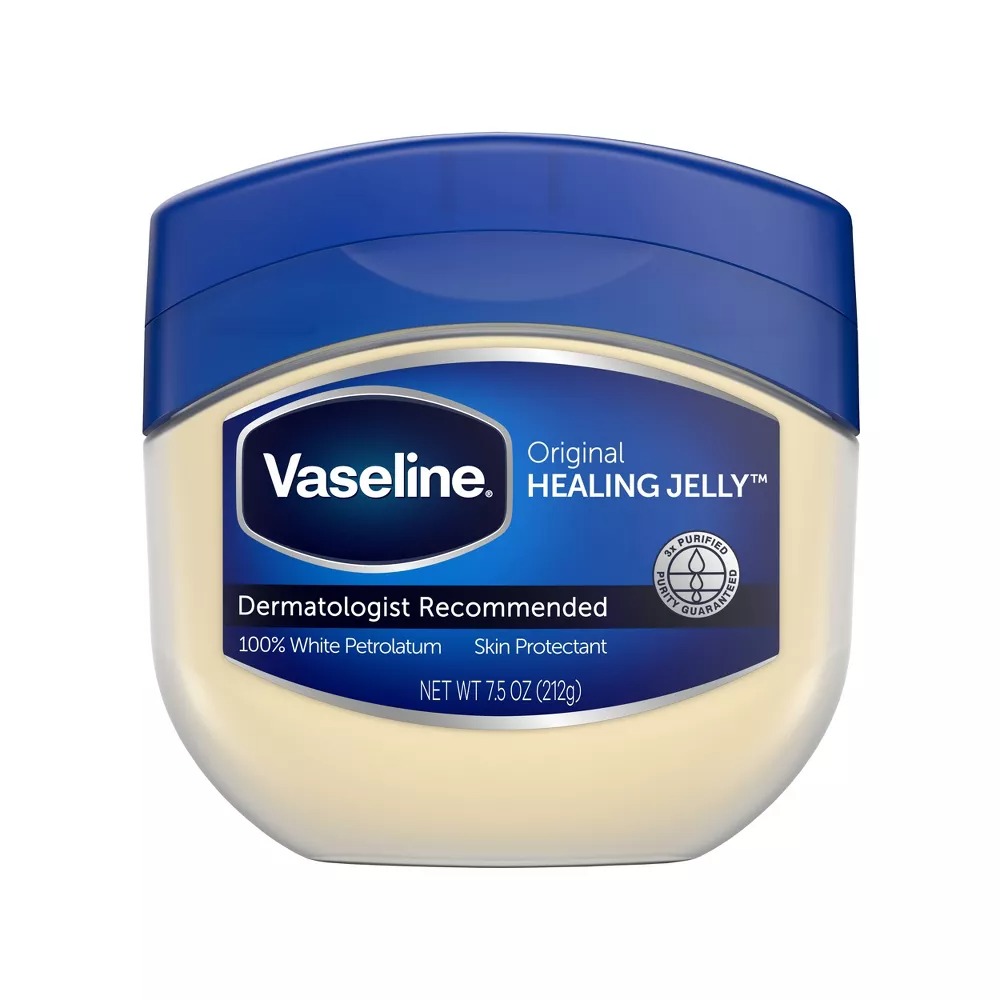
"Not only good for slugging, this ointment can also be used as a last step in a flooding skincare routine to help lock moisture in, as it contains 100% pure petrolatum, making it an effective barrier," says Garshick.
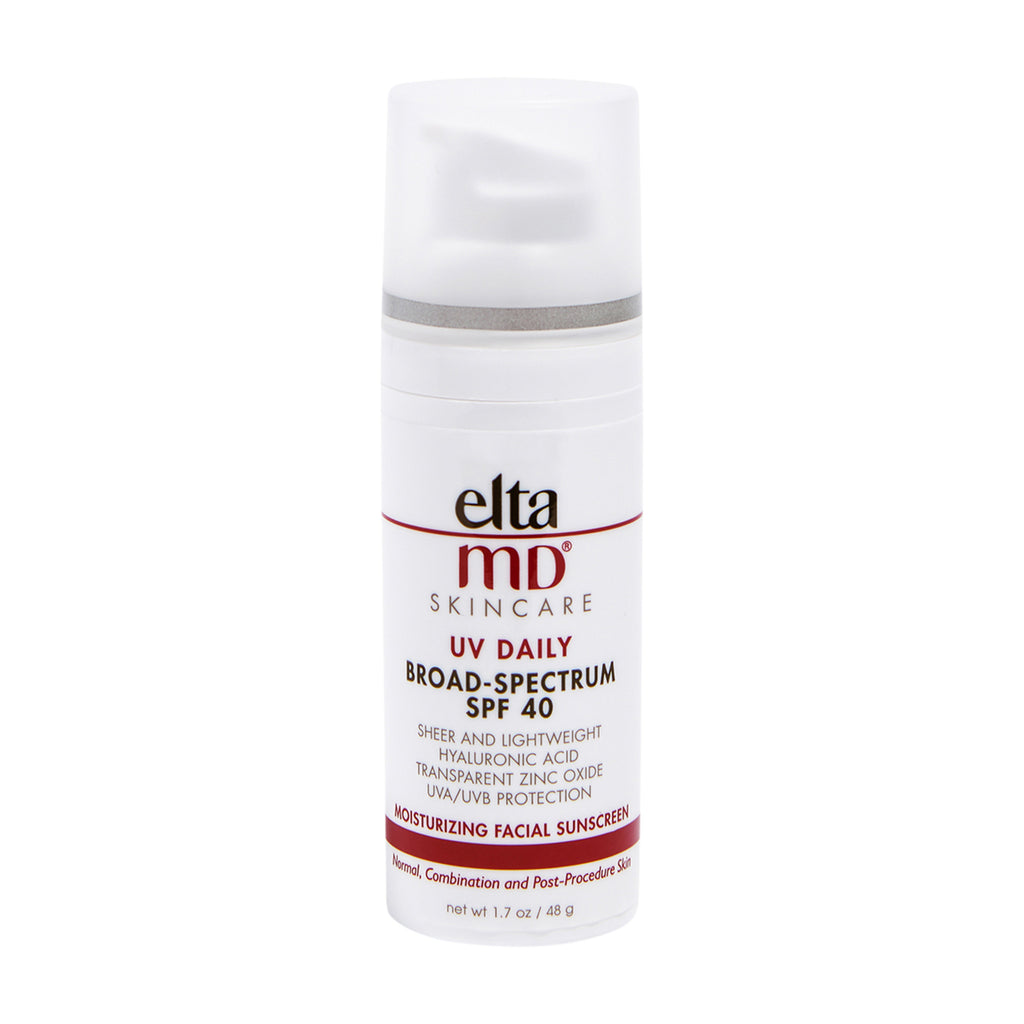
Never forget sunscreen to protect your skin. This ultra-lightweight celeb favorite also contains hyaluronic acid, which is ideal for a moisturizing boost as a final touch to skin flooding.
Next, Out of 67 "Best-Ever" Perfumes, Our Editors Tested and Chose the Top 15
Prior to her time at Who What Wear, Katie Berohn worked as the beauty assistant for Good Housekeeping, Woman's Day, and Prevention magazines, all part of the Hearst Lifestyle Group. She graduated from the University of Colorado, Boulder, with a major in journalism and minor in technology, arts, and media, and earned her master's degree at NYU's graduate program for magazine journalism. In addition, Katie has held editorial internships at Denver Life magazine, Yoga Journal, and Cosmopolitan; a digital editorial internship at New York magazine's The Cut; a social good fellowship at Mashable; and a freelance role at HelloGiggles.
-
 My Friend Asked What to Buy From Amazon—I Sent 30 Chic Fashion, Beauty, and Décor Picks Ahead of Prime Big Deal Days
My Friend Asked What to Buy From Amazon—I Sent 30 Chic Fashion, Beauty, and Décor Picks Ahead of Prime Big Deal DaysThese are too good (and affordable) to pass up.
By Jennifer Camp Forbes
-
 If You Have a Damaged Skin Barrier, This Scandinavian Skincare Secret Can Help
If You Have a Damaged Skin Barrier, This Scandinavian Skincare Secret Can HelpIt protects the skin from oxidative stress.
By Kaitlyn McLintock
-
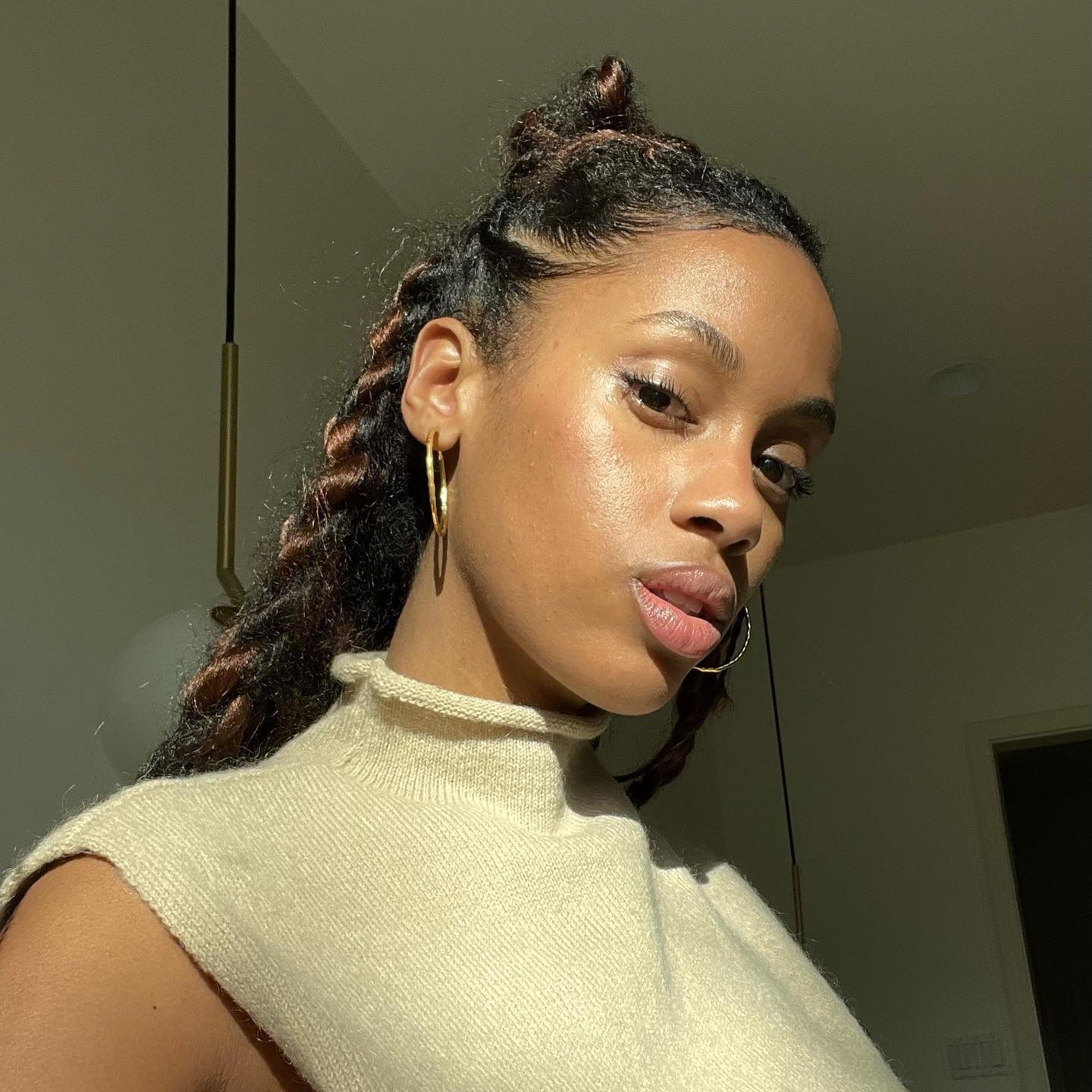 Why Coenzyme Q10 Might Be the Sneaky Ingredient Your Skin Needs This Winter
Why Coenzyme Q10 Might Be the Sneaky Ingredient Your Skin Needs This WinterIt's so protective.
By Katie Berohn
-
 I'm a Beauty Editor—9 Products I Always Restock (and 3 I Retire) for Winter
I'm a Beauty Editor—9 Products I Always Restock (and 3 I Retire) for WinterIt's about time I switch things up.
By Valeriya Chupinina
-
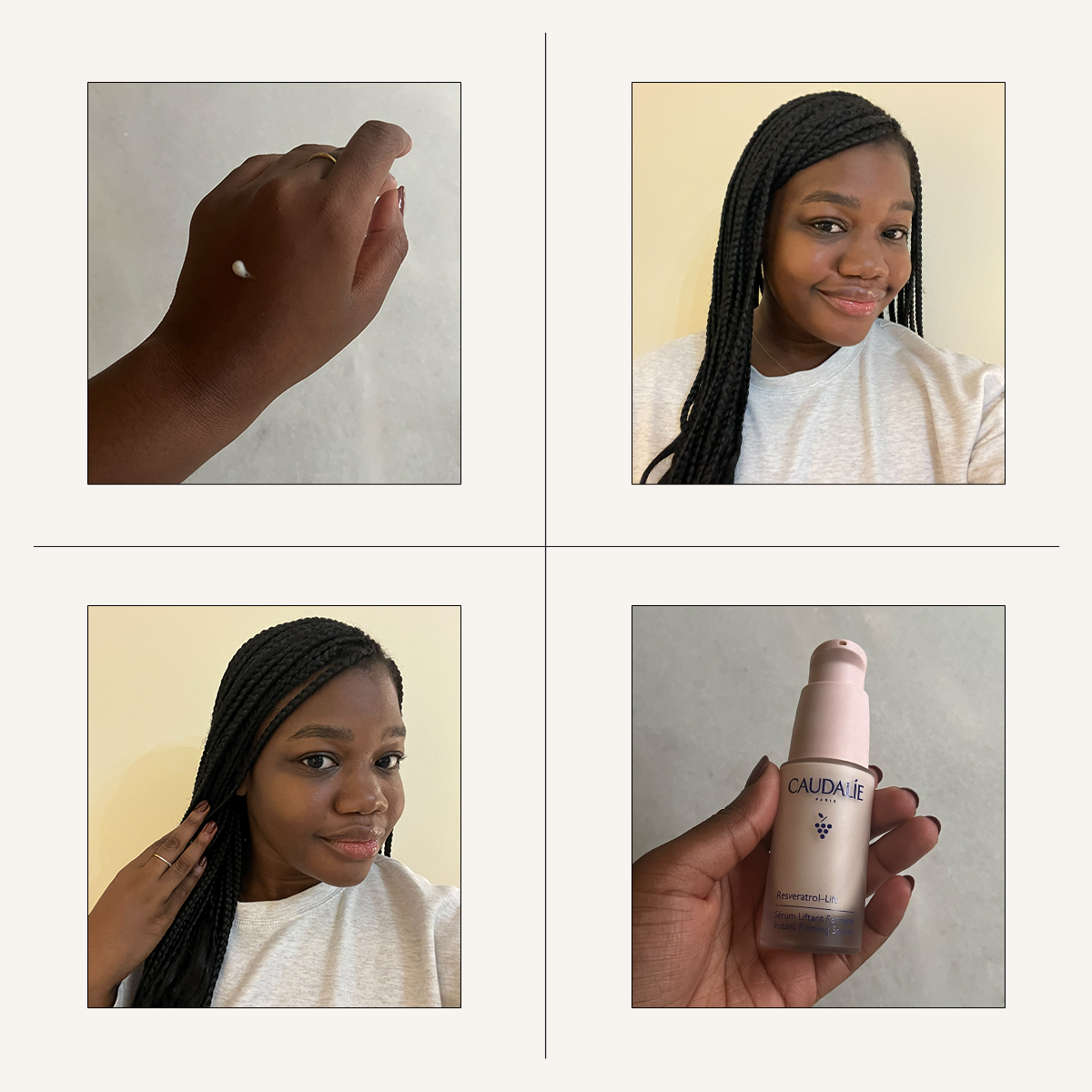 This TikTok-Viral Serum Gave My Ultra-Round Face Cheekbones for Days
This TikTok-Viral Serum Gave My Ultra-Round Face Cheekbones for DaysIt works wonders.
By Maya Thomas
-
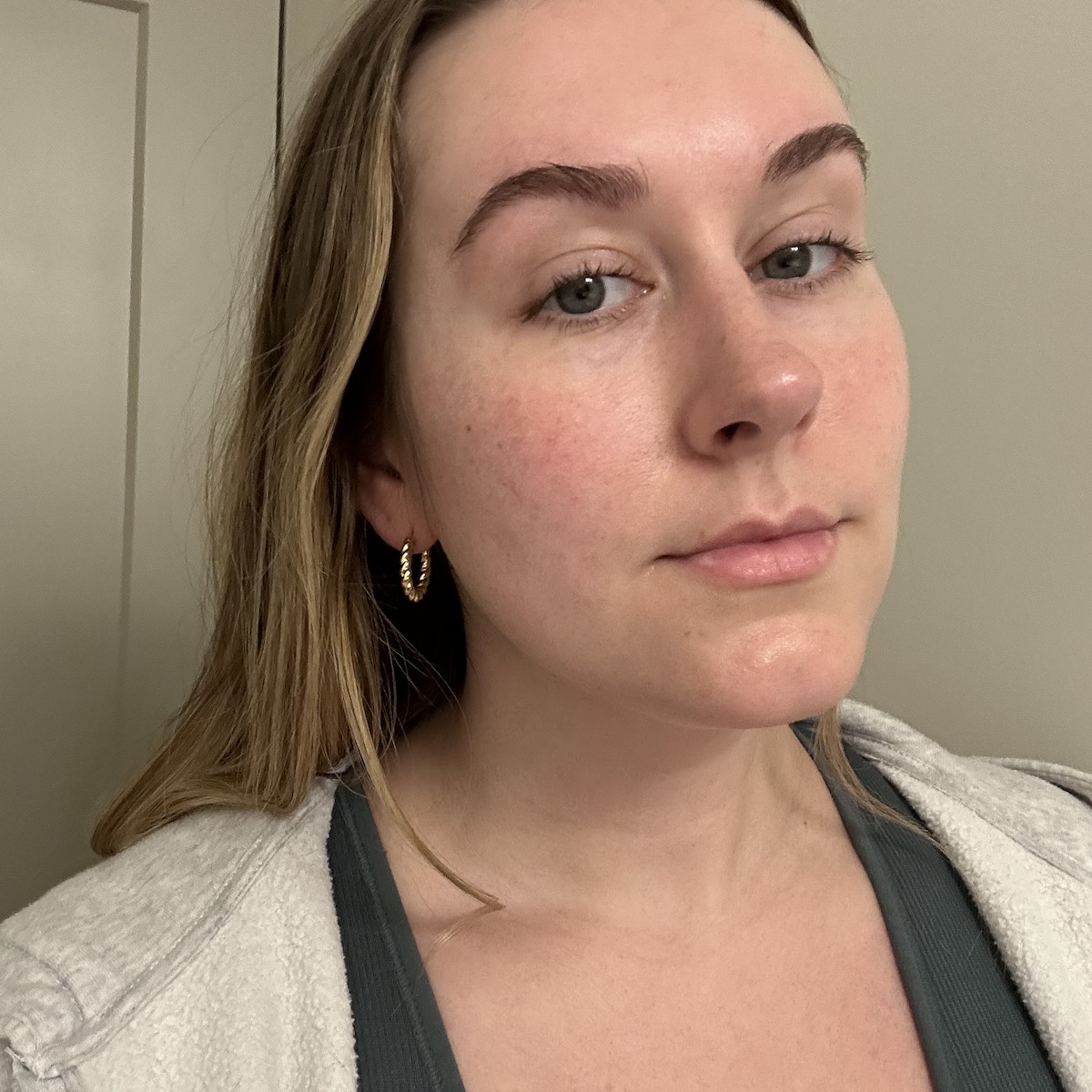 If You Like Waking Up to Plump, Glowing Skin, Don't Sleep on This Overnight Mask
If You Like Waking Up to Plump, Glowing Skin, Don't Sleep on This Overnight MaskGet better skin by morning.
By Kaitlyn McLintock
-
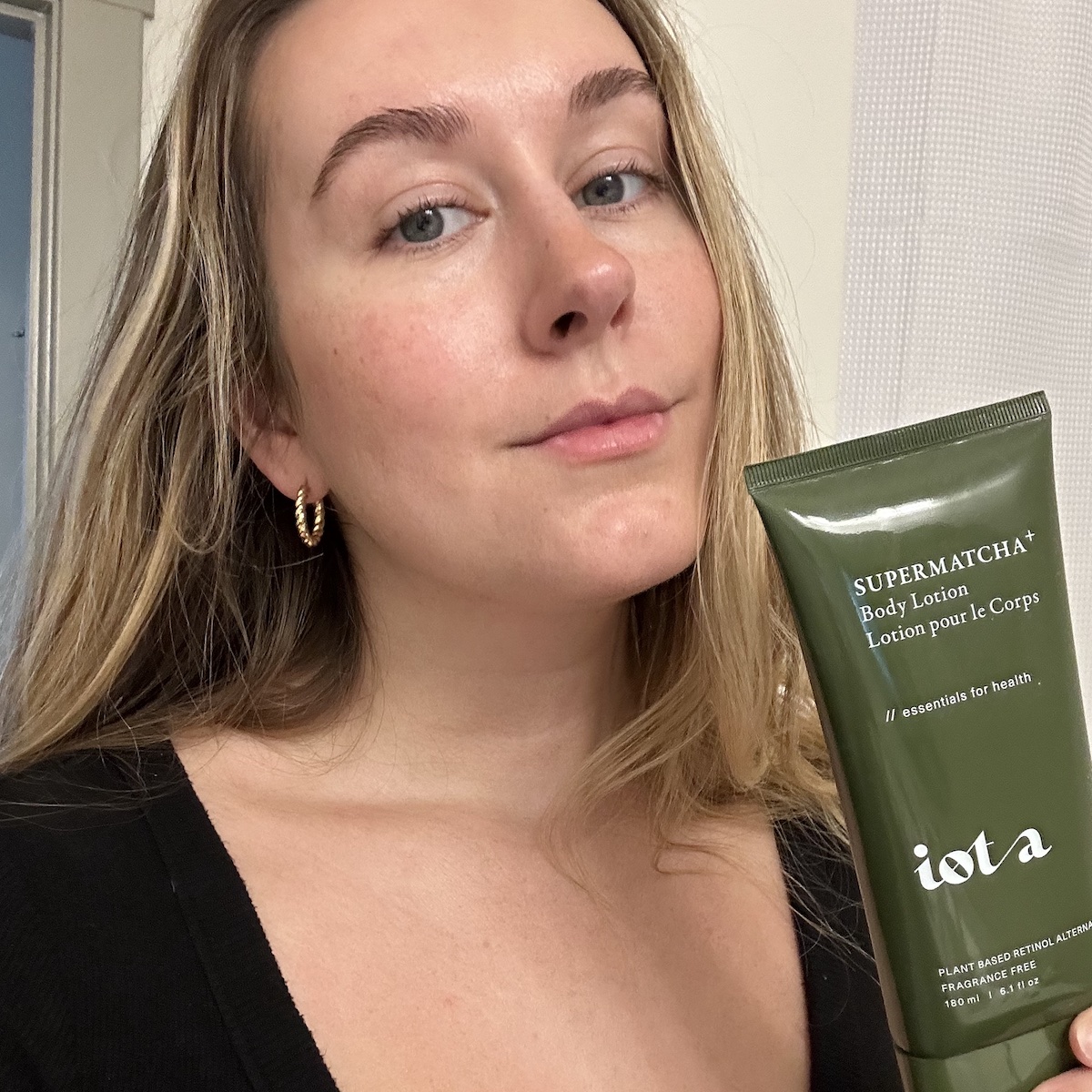 After 3 Weeks, I Swear This Matcha-Spiked Body Lotion Gave Me Firmer Skin
After 3 Weeks, I Swear This Matcha-Spiked Body Lotion Gave Me Firmer SkinIt's my new favorite.
By Kaitlyn McLintock
-
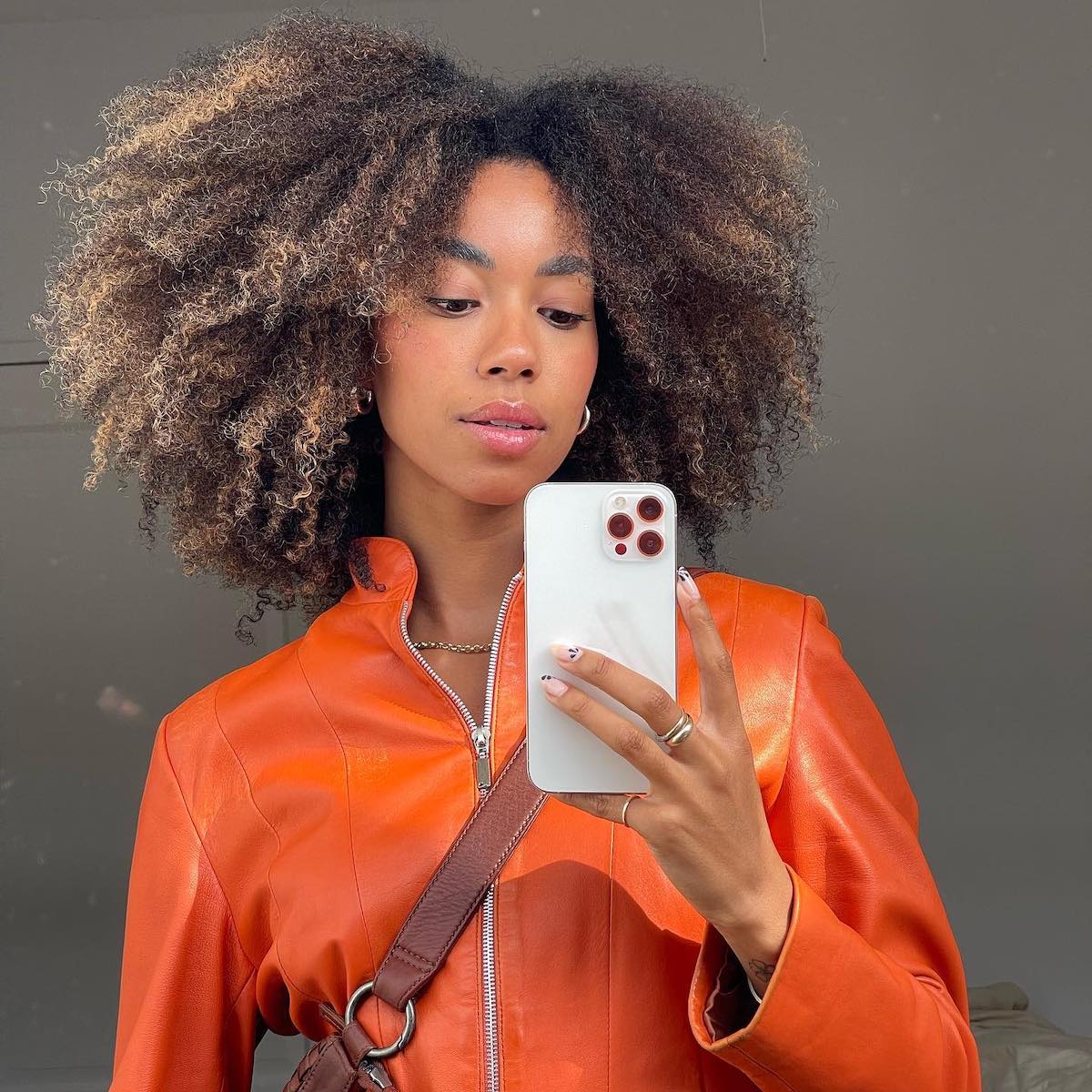 Derms Say This Underrated Ingredient Is Like Hitting Undo on Hyperpigmentation
Derms Say This Underrated Ingredient Is Like Hitting Undo on HyperpigmentationDark spots don't stand a chance.
By Kaitlyn McLintock
